There are many different types of cactus. If you're looking to cultivate the plant in your yard, read on. We conducted extensive research and came up with a list of cactus fruit varieties you should know about.
- Saguaro
- Cholla
- Barrel
- Prickly pear
- Peruvian apple
- Dragon fruit
- Organ pipe
- Indian fig
Many species of cactus bear fruit that may be edible. The flavor of cactus meat and fruit varies greatly, from delightfully sweet to bland to downright harsh. Continue reading to learn more about each of the cactus fruits listed above.
Types Of Cactus Fruits
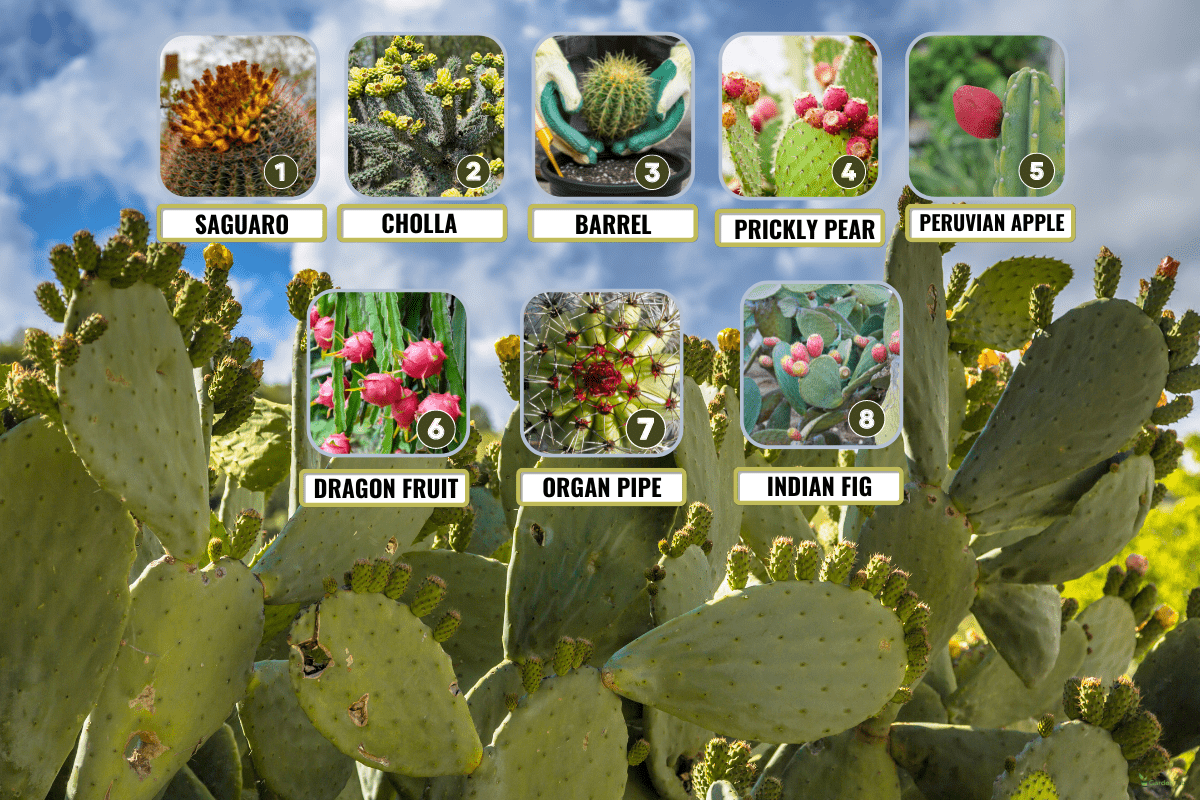
The popularity of cactus plants has been growing recently. You may be planning to grow one in your yard, so it's crucial that you become familiar with the various varieties of cacti and how your cactus plant differs from others.
Many cactus fruit varieties are tasty and can be eaten. Note that Peyote, Bolivian Torch, and San Pedro cacti are toxic and should not be consumed.
To properly care for your cactus, you should identify its variety. This will allow you to look after it properly and be prepared in case something goes wrong.
1. Saguaro
The saguaro produces white blossoms in the springtime, followed by developing and ripening fruits throughout the summer. From mid-May through July, you can gather the majestic saguaro's fruit, which is comparable to prickly pear fruit.
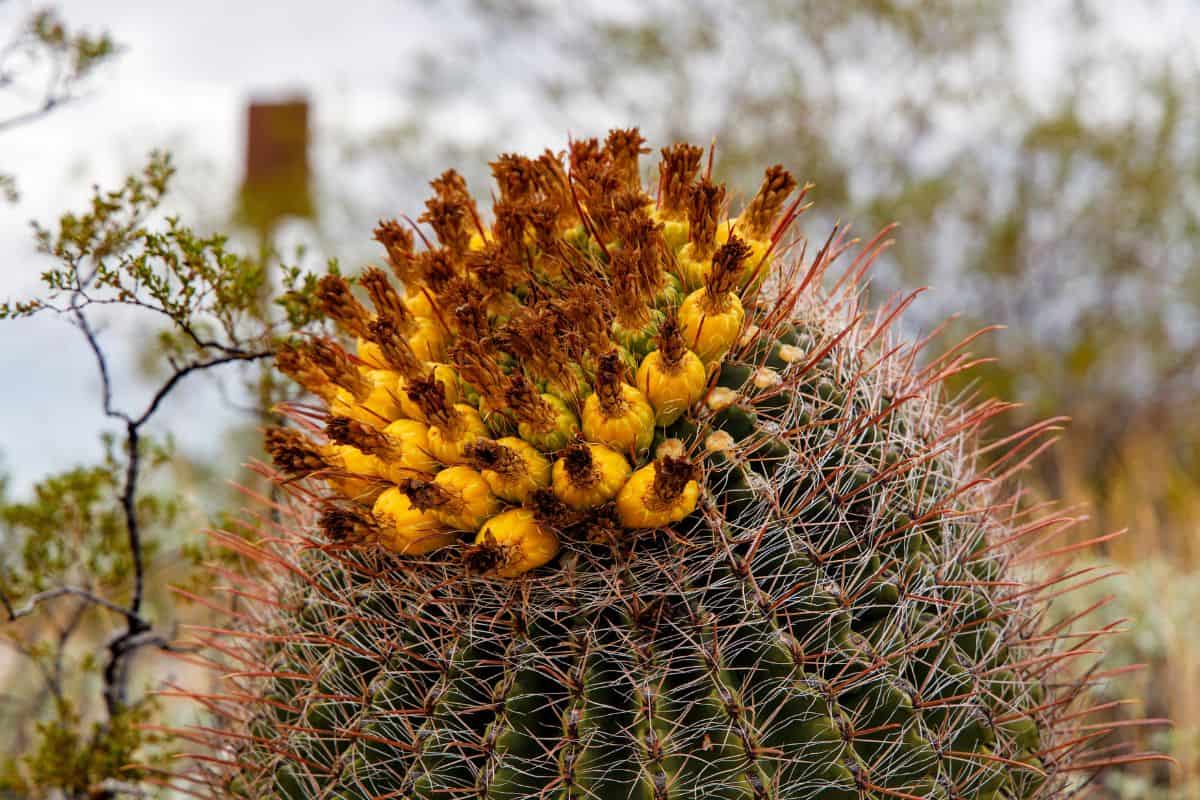
The fruit is initially green in appearance and will turn red as it ripens. The inner part is crimson with black seeds. Saguaro fruit that has just been picked will be pulpy and full of small seeds.
It has lots of antioxidant minerals and vitamins and is quite tasty. Slice it in half, then scrape out the pulp and eat it. Additionally, you can reduce it by boiling it into syrup, removing the seeds, and using it for jams and jellies.
Collecting the fruit can be difficult since it frequently sits 20 feet or more above the ground at the top of the saguaro, like a beautiful crown. The disadvantage of this cactus plant is that it can grow quite tall and prickly.
2. Cholla
The cholla lives in the southwest part of the country (pronounced choy-ah). Cholla cactus fruit and buds are edible. They're harvested between early March and mid-May. Cholla cactus buds can be eaten raw. You can also use the fruit to make syrup.
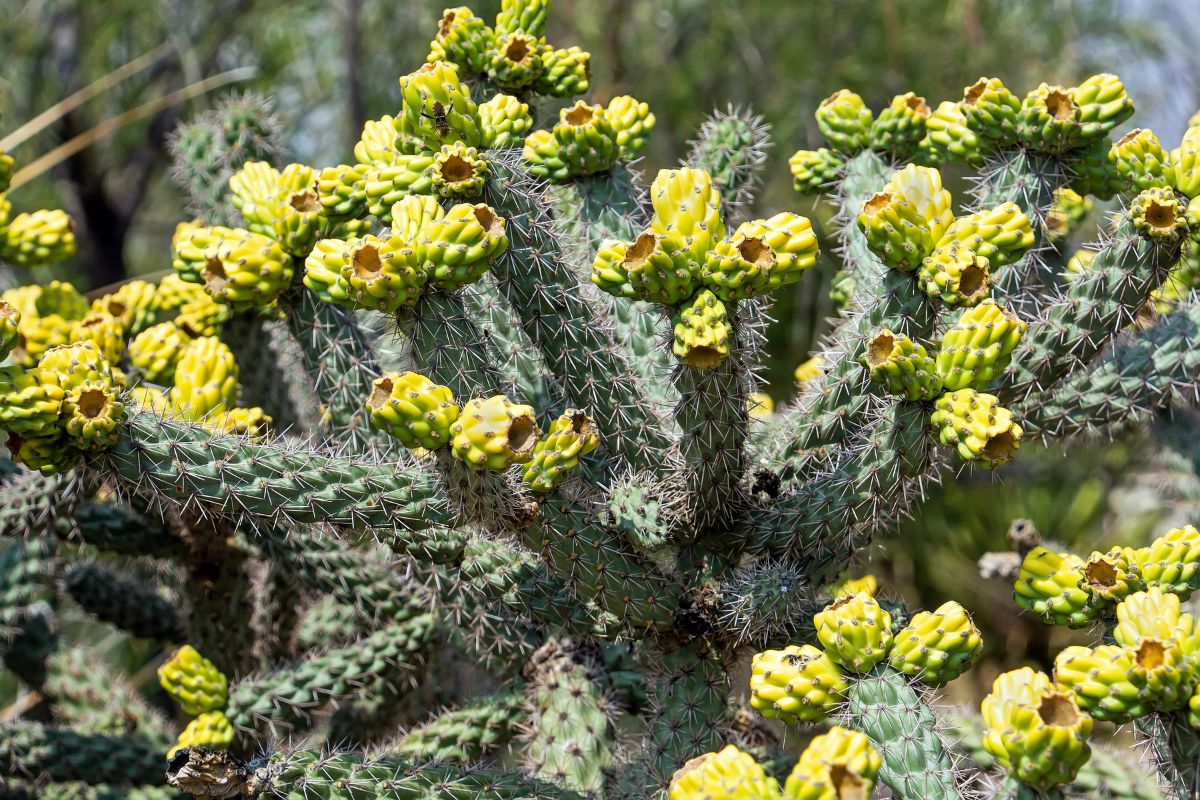
While the flower buds can be stewed or used to prepare curries, the fruit buds can be eaten. Edible cholla cactus buds can be quite tasty, with a flavor similar to asparagus and artichokes.
In the spring, the cholla cactus plant will generate blossom buds. They can be collected, dried, and stored for further use. The vegetables should also be simmered or boiled before cooking.
Note that the cholla's center stalk has thin arms coated with pointy spikes extending from it in all directions. The plant's tiny components can easily break off and become attached to clothing or skin.
If you are interested in growing cholla, you should wear sturdy clothing, including a long-sleeved shirt and thick pants, when dealing with the plant.
3. Barrel
The fruit from a barrel cactus is edible and can be consumed uncooked. The fruit typically develops in a cluster near the center of the plant's top. It can be eaten right off the plant when picked. Simply grab the fruit and twist it off.
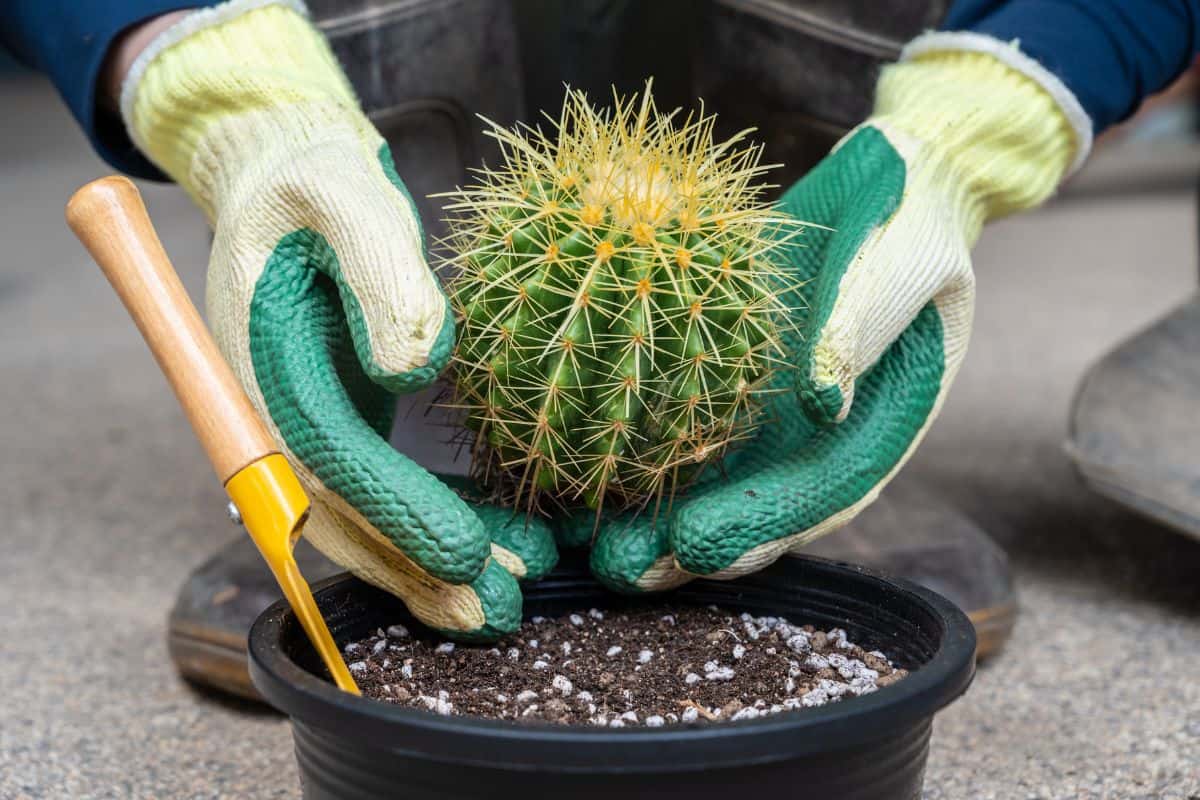
The lovely yellow fruit has a pineapple-like appearance. The inside of the fruit has black seeds that are edible, but you shouldn't eat them when they're raw. The fruit may taste sour and lemony. The seeds are more nourishing than the fruit.
The fruit of the barrel cactus does not have spikes, but the body of the plant is coated in long, curving spines that resemble fishhooks. You should be aware of this because it may be viewed as a downside.
Check out this barrel plant on Amazon.
4. Prickly Pear
The most popular cactus that can be eaten is the prickly pear. Both the fruit and the leaves of the plant are edible. The cactus can be grown easily and requires almost no upkeep.
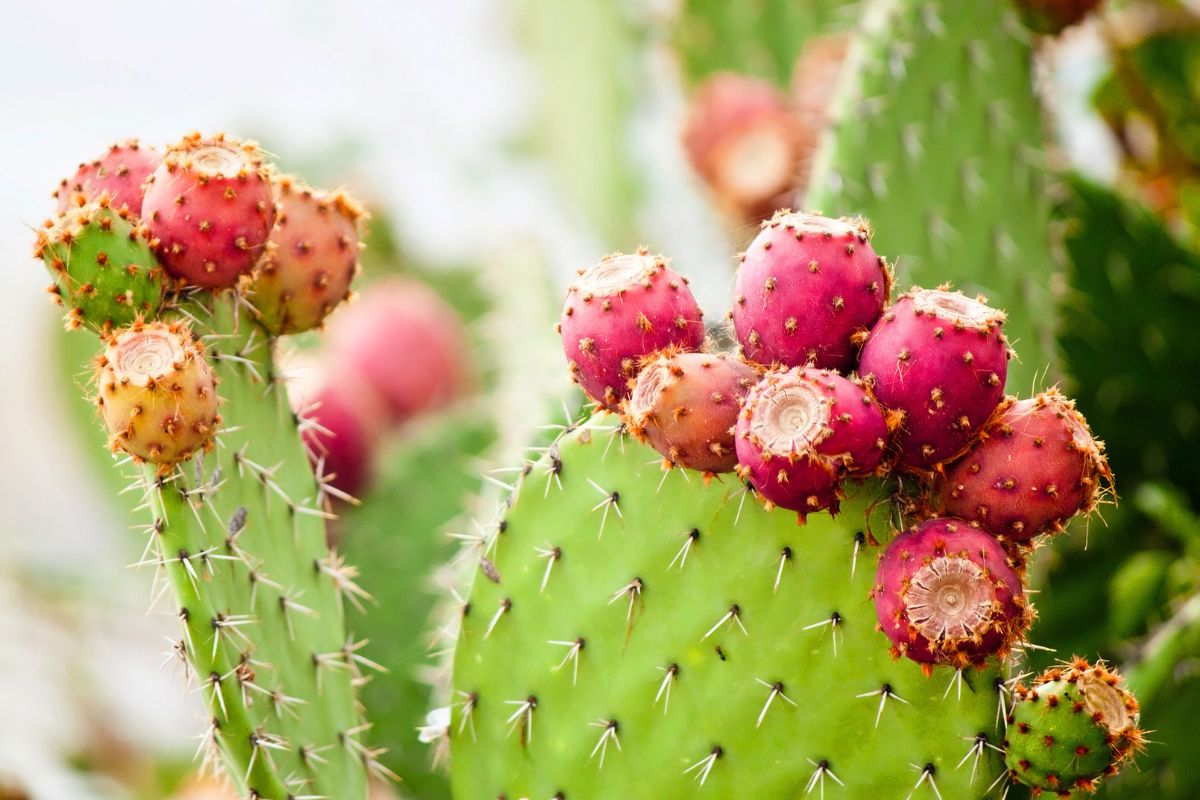
When appropriately ripe, the plant's fruits can be consumed uncooked. You can eat it straightaway after picking it. Just make sure you remove the sharp spines from the pads.
The cactus leaves can be cooked and used in a curry. They can be pan-fried and served with rice or toast. Be cautious when cleaning the pads because they are coated in thorns.
Prickly pear has a pleasant taste. It is thought to be beneficial in the management of diabetes, high cholesterol, and other health issues. Prickly pears are simple to grow in your yard, allowing you to keep a supply on hand anytime you want them.
5. Peruvian Apple
Another name for the Peruvian apple cactus is "queen of the night." It is a green-blue desert cactus native to South America. This cactus has four to five blades and stands vertically in a single column.
The fruit of the Peruvian cactus resembles apples. Whenever the fruit is fully mature, its color changes from purple-blue to red or orange.
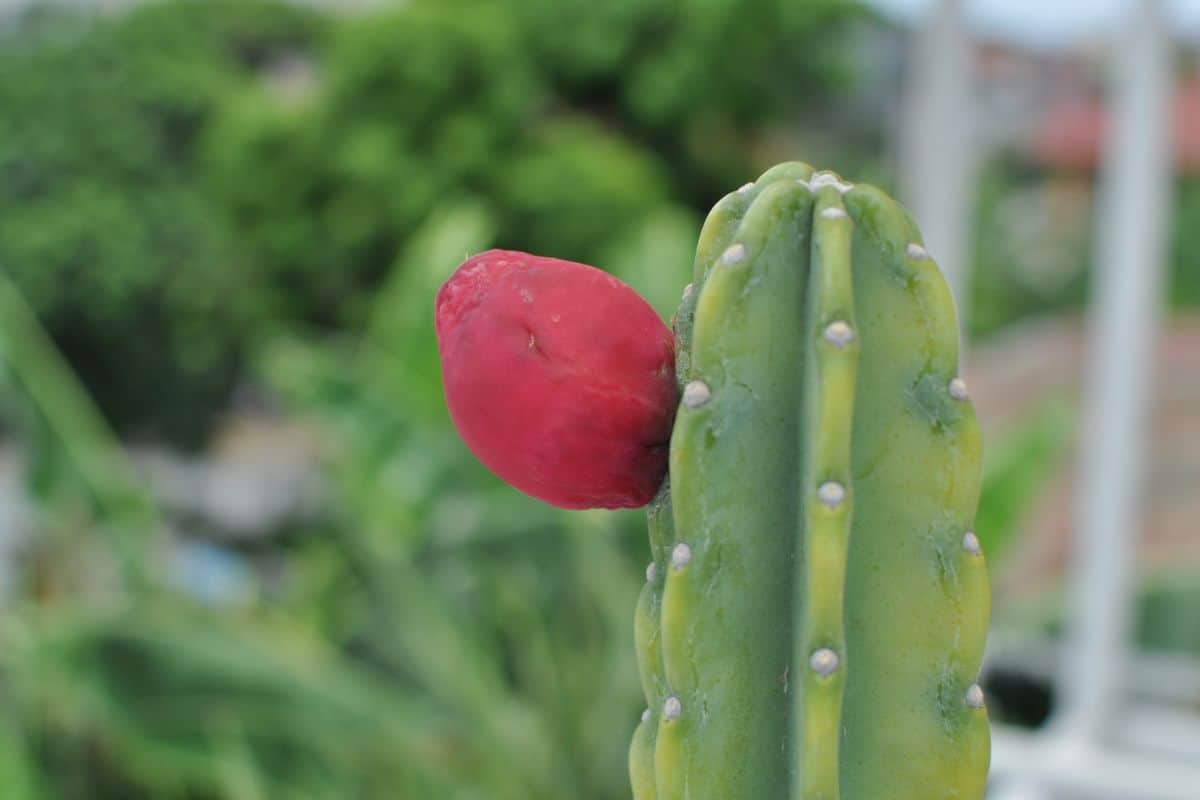
In terms of appearance, it is quite similar to the dragon fruit cactus. However, dragon fruit looks nothing like Peruvian apple fruit. The fruit is free of scales and thorns.
The fruit's exterior, or peel, is extremely smooth and somewhat glossy. Despite the thick covering of the fruit, peeling it is quite simple. If the fruit is overripe, the peel may come off by itself.
The pulp inside resembles white crystals and is a little crunchy.
6. Dragon Fruit
Due to its accessibility to retailers and ease of handling, dragon fruit might be regarded as your starting cactus. The name dragon fruit refers to the fruit's leathery exterior and spines that resemble scales.
Unlike the yellow form of dragon fruit, which has spikes on its skin, the red type of dragon fruit has no spikes or thorns. However, the yellow type that you may find in stores does not have thorns.
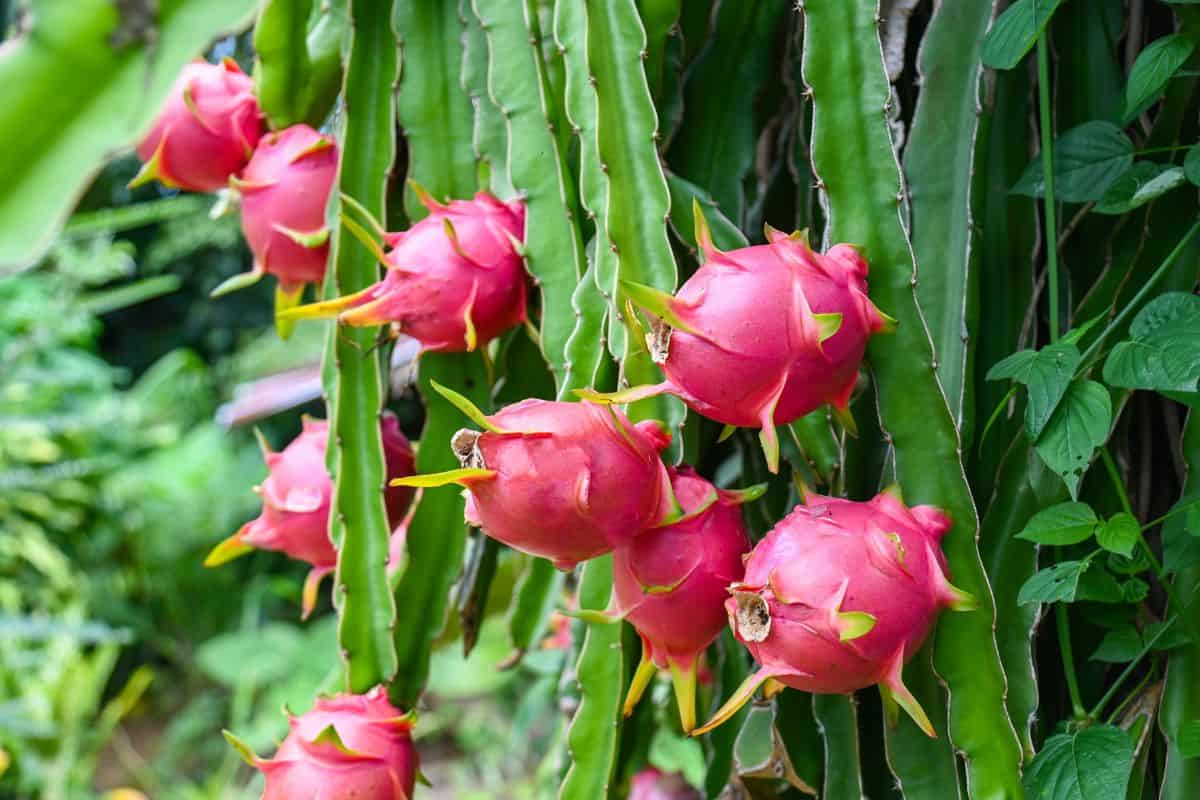
You can split the fruit in half and eat it with a spoon. The flesh looks like a kiwi once cut open, and there are little, crunchy edible seeds all over the fruit.
Check out these dragon fruit seeds on Amazon.
7. Organ Pipe
The organ pipe cactus, a native of Arizona, mimics its Saguaro relative but is smaller and has smaller "arms" that usually grow nearer to the base.
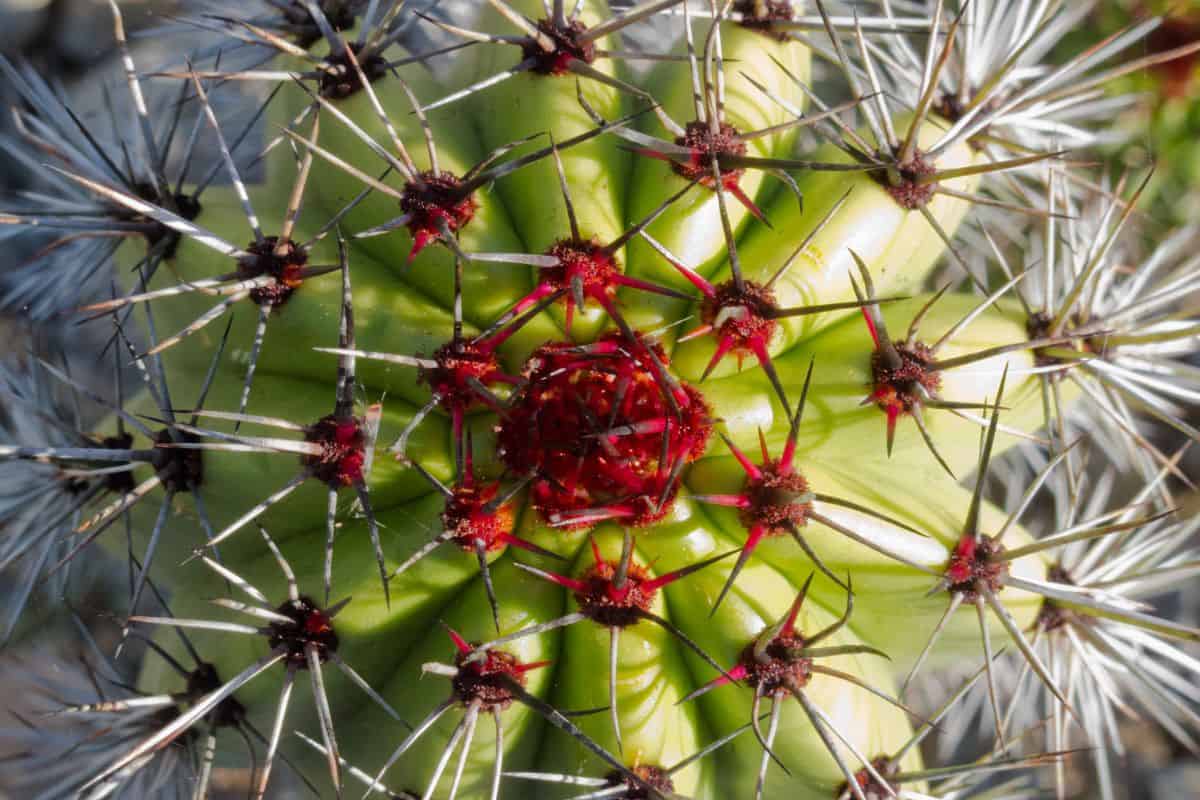
The Pitahaya Dulce, or lavender bloom, and brilliant red fruit that give the cactus its delicious flavor, can be found about halfway up the trunk. The fruit is delicious and has historically been used to create sweet treats, including jam, syrup, and wine.
8. Indian Fig
The Indian fig is among the most popular and well-known types of this fruit. It is commercially cultivated in arid areas for its profusion of sweet prickly pears, which are sold in stores.
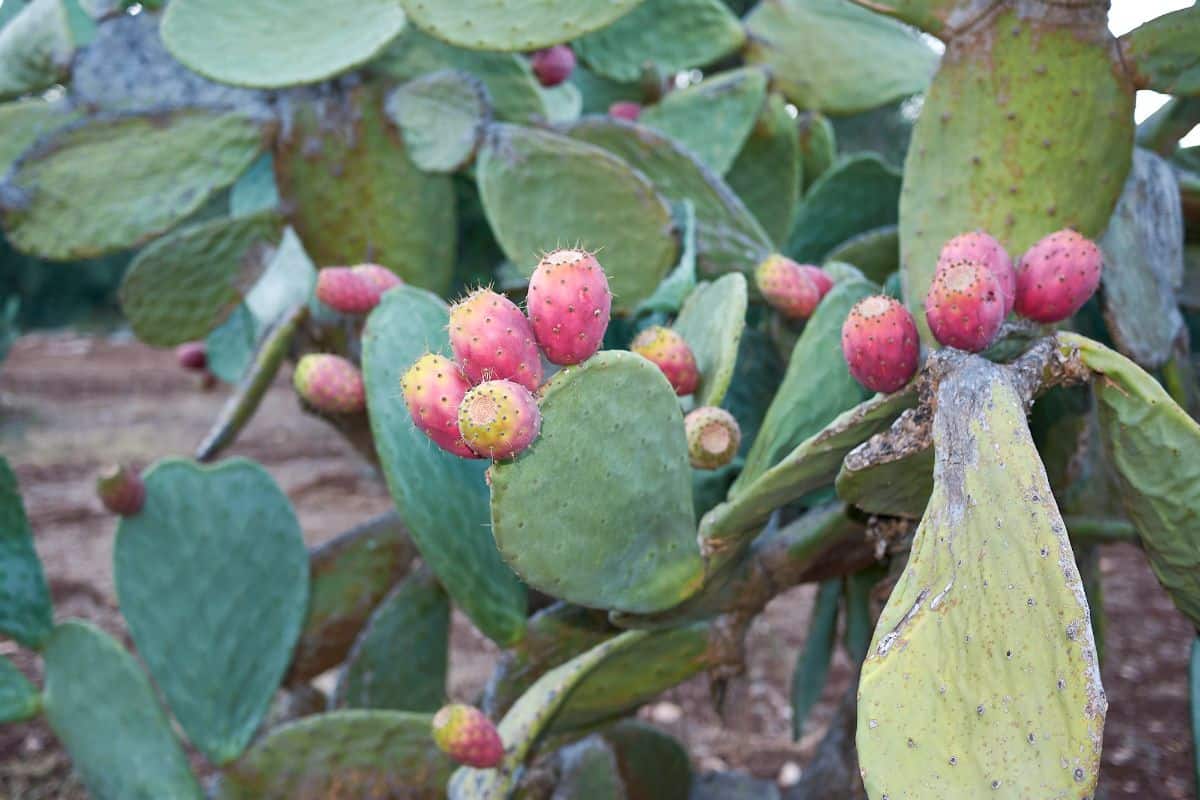
They are occasionally referred to as "tuna," which is a corruption of their scientific name, Opuntia. The prickly pear is consumed either raw or cooked and can be added to a variety of foods, beverages, sweets, and preserves.
Before attempting to germinate seeds, they should have matured for at least a year. Before planting, they must be scorched and pulp-free. In the early and late summer, they begin to mature.
Conclusion
There are numerous varieties of cactus fruits. Although cactus fruits are not dangerous, some can be difficult to gather due to their sharp spines.
Many cactus fruit varieties can be eaten. One distinction between the fruits of various types of cactus is that certain varieties can taste sour and unpleasant compared to others.
If you found this post helpful, check out these related articles:
Orchid Cactus Vs. Dragon Fruit: What Are The Differences?


